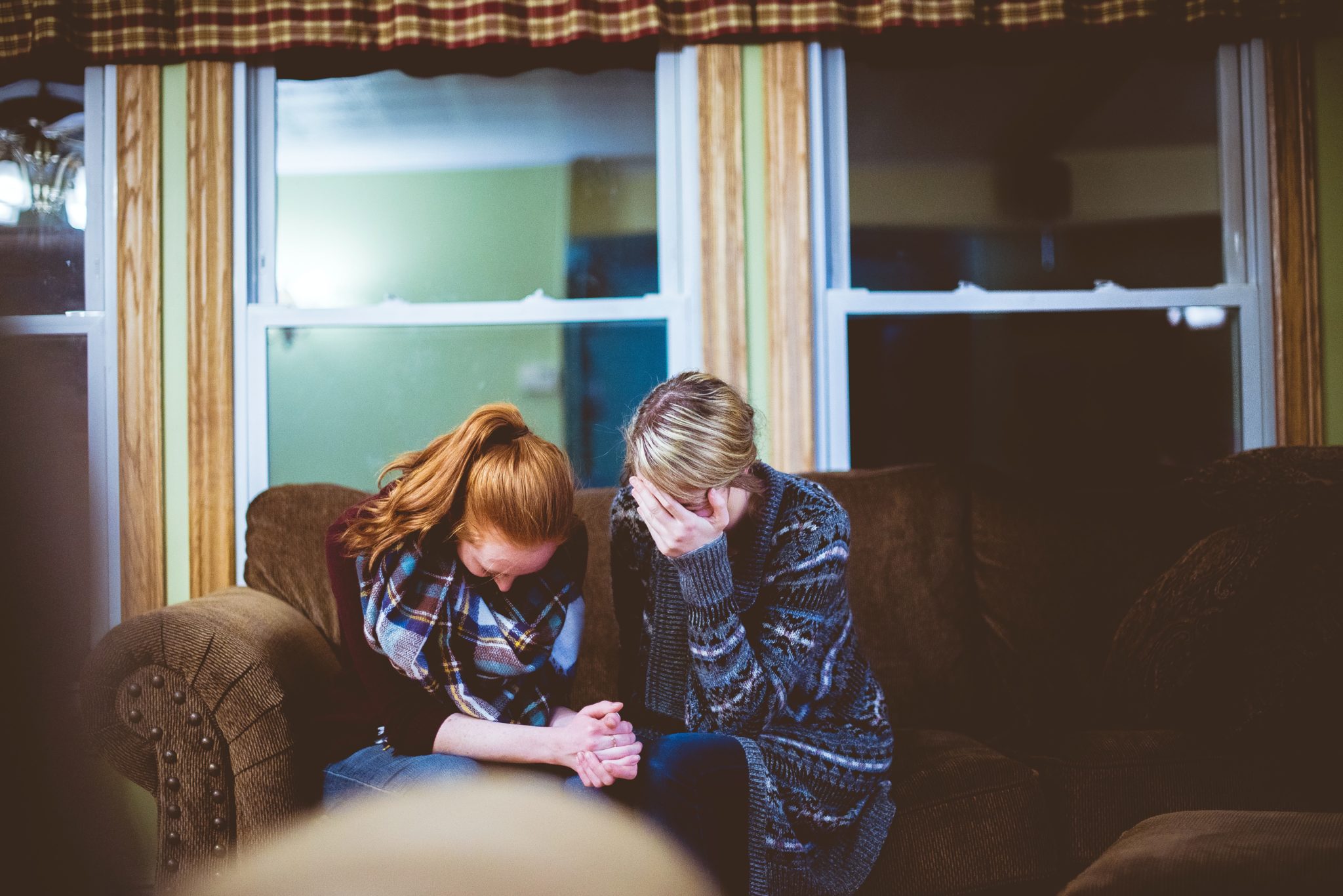
What is a Funeral Wake?
When someone we love dies, we often find comfort in traditions or routines. A funeral wake is an example of a tradition that helps surviving family and friends move through the process of grief. But it can also be confusing to understand exactly what a funeral wake is, how a wake is different than a funeral, and why you might want both as you memorialize your loved one.
What is a Wake?
The word wake, when used in reference to the loss of a loved one, simply means a social gathering that happens around the time of a funeral. If the gathering happens before the funeral it is also sometimes called a viewing. A wake can also happen after a funeral, which is sometimes called a reception or a funeral meal.
Of course, the religious beliefs and traditions of the deceased and their family, as well as local customs, will often dictate the events held to mourn a loved one. For example, some opt for a public wake prior to the funeral; others hold private viewings or prayer services. Each funeral wake will be unique and depend on the circumstances of death, wishes of the family, and the funeral home.
History of the Funeral Wake
Originally, the word wake was used to describe a prayer vigil that was associated with the patron (named) saint of a parish church. In a practice that is still active today, a custom in Celtic countries used to be watching over the deceased body of a loved one until it was buried—the word wake was used to describe this time and the literal attendance of mourners watching over the body. This practice is still common in some European countries. The stipulation of prayer is not always associated with a wake now, but it’s not uncommon for families to include some type of prayer or faith in a wake.
Most recently, despite the evolution of the word wake as a more general term that applies to any social time surrounding a funeral, many families still opt for a traditional pre-funeral viewing or post-funeral reception, and many opt for both.
The Difference Between a Wake and a Funeral
A wake and a funeral are planned simultaneously but are very different. A funeral is a formal service, sometimes in a church, that honors your loved one. It is sometimes, but not always, dictated by the formalities and traditions of religion.
A wake, however, is less formal. Whether it’s held before or after the funeral proper, the wake is a time for loved ones to say their goodbyes to the person who’s died. It’s also a time to connect with others who are there to mourn your loved one’s passing. Immediate family of the deceased often sit apart or stand in a receiving line to greet those in attendance, which gives mourners the chance to offer condolences in person.
Depending on the wishes of the family, a funeral wake can be somber and strictly traditional, or more informal and light-hearted. If the latter, the family might display photos of the deceased at various points of their life. Or they might play favorite music or even offer public, prepared remarks to those in attendance that celebrate and memorialize their loved one’s memory.
How to Plan a Wake
It’s most often left to family members to decide which events will be held to memorialize a loved one. It’s also a time of heightened emotion and stress, which is why families so often lean on funeral directors and, sometimes, friends, to help make crucial decisions.
Some of the most important considerations when thinking of a funeral wake include whether or not to have a viewing. If that is desired, the family must also decide if the casket will be open or closed and if the viewing will be a private event or open to the public. Most often, people who knew the deceased or a loved one of the deceased will attend a funeral wake while general members of the community, with less personal ties to the family, will only attend the funeral.
What Happens at a Wake
This depends on the wishes of the family, but typically a wake that happens before a funeral might include a time to view the deceased. Often there are plenty of chairs at which to sit, so as people approach the casket to say their goodbyes they can do so in private. Often those in attendance will sit in silence, either offering private prayers or thinking of the deceased and the deceased’s loved ones.
Some families opt for a more interactive funeral wake. That might include providing single stems of flowers for each mourner to lay on the casket as they say their final goodbyes. Others might encourage mourners to write a note of remembrance about the deceased in a keepsake journal. Still others might offer those in attendance a small gift or other tangible remembrance of the deceased, like a program or keepsake card.
A wake, though traditional, can be personalized to best reflect the beliefs and priorities of the family or, alternatively, the wishes of the deceased. The latter is especially true if your loved one pre-planned their funeral prior to passing.
Where to Hold a Wake
Wakes are often held at a funeral home, but that doesn’t mean that they cannot be held anywhere else. The particulars here make a difference, and it’s important to discuss local laws and ordinances with a trusted funeral director before making any decisions; but if the family does not opt for a viewing and instead wants to hold a social gathering either pre or post funeral, that gathering can be held anywhere.
Some families might choose to get creative and to plan a wake that’s truly reflective of their loved one. They might opt to gather at a favorite public park or restaurant. Having a wake at someone’s home is also an option. There are advantages to each option, just as there are challenges to each. If the events were not pre-planned or if your loved one passed unexpectedly, it can add stress and heartache to try to plan everything alone. Trusting a friend or professional to help guide you as you make decisions is a wise and loving decision.
What to Wear to a Wake
While funeral etiquette calls for muted or dark clothing, wearing all black to a wake isn’t necessary. Subdued tones and business attire, rather than casual clothes, are best for a funeral or wake—though a business casual ensemble is also acceptable. In general, it’s wise to avoid brightly colored or patterned clothing, or anything that fits in a way that demands attention or distracts mourners. You can find more guidance at this earlier post, which also includes guidelines about dressing for a funeral.
Planning the services that will best celebrate and memorialize your loved one can be difficult. The staff at Bateman-Allen Funeral home is here to help, whether your loved one has passed or if you and your family want to discuss pre-planning services. Reach out, please, if we can ever be of service to you and your family.



Recent Comments